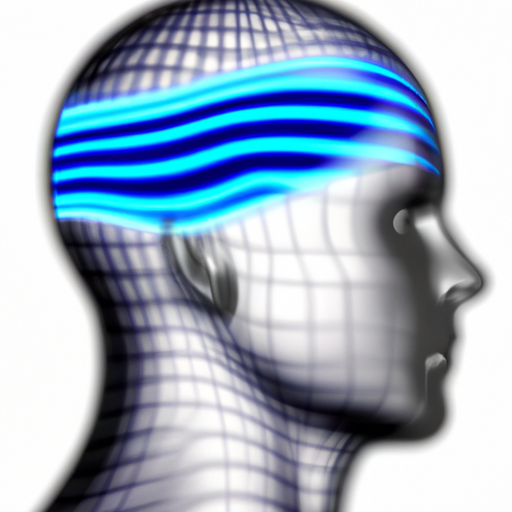Human Augmentation is a revolutionary concept that combines technology with biology to enhance our physical and cognitive abilities. As we delve deeper into the realms of biotechnology and writable technology, the potential for human enhancement becomes more tangible.
What is Human Augmentation?
Human augmentation refers to the use of technology to enhance or improve human abilities beyond normal capabilities. This can include physical enhancements through implants or wearable devices, as well as cognitive boosts through the integration of AI.
Types of Human Augmentation
- Physical Augmentation: This includes prosthetics, exoskeletons, and other devices that enhance physical performance. For example, a bionic limb allows individuals with disabilities to regain mobility.
- Neural Augmentation: This involves improving cognitive functions through brain-computer interfaces or neurostimulation. Technology like neural implants can enhance memory, learning capabilities, and even mood regulation.
- Genetic Augmentation: Advances in gene editing technologies, such as CRISPR, have opened up possibilities for modifying human DNA to eliminate genetic diseases or boost physical attributes.
Benefits of Human Augmentation
The benefits of human augmentation are vast and varied. Some key advantages include:
- Increased Capabilities: Augmentation can substantially enhance physical strength and endurance, allowing individuals to perform tasks beyond normal human limits.
- Improved Quality of Life: For those with disabilities, augmentation technologies can restore lost functions, enabling greater independence and participation in social activities.
- Advanced Cognitive Functions: Neural augmentations have the potential to improve learning rates, memory retention, and even problem-solving abilities, significantly affecting education and workplace productivity.
Challenges and Ethical Considerations
While the benefits are promising, human augmentation also raises several ethical and societal questions:
- Equity and Access: Who will have access to these technologies? Will they be available only to the wealthy, or can they be distributed fairly across different demographics?
- Identity and Humanity: As we enhance ourselves with technology, what does it mean to be human? Will augmented individuals experience societal division?
- Regulation and Safety: With rapid advancements, there are challenges in terms of regulations ensuring safety and efficacy of augmentation technologies.
The Future of Human Augmentation
The future of human augmentation holds endless possibilities. As we continue to weave biotechnology into our lives, we may witness a new era where humans and technology coexist harmoniously, creating a better, more enhanced society. Emphasizing research and developing ethical frameworks will ensure humanity benefits from its technological advancements.
Conclusion
Human augmentation is set to redefine the limits of human potential. By embracing technology responsibly, we can unlock unprecedented capabilities that enhance our lives in transformative ways. Stay informed and be part of this exciting journey into the future!




